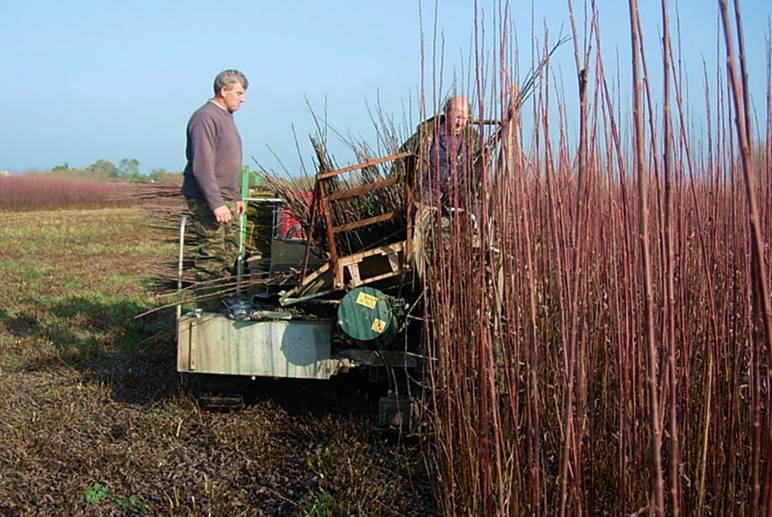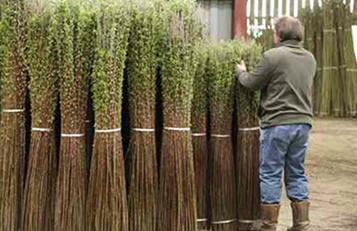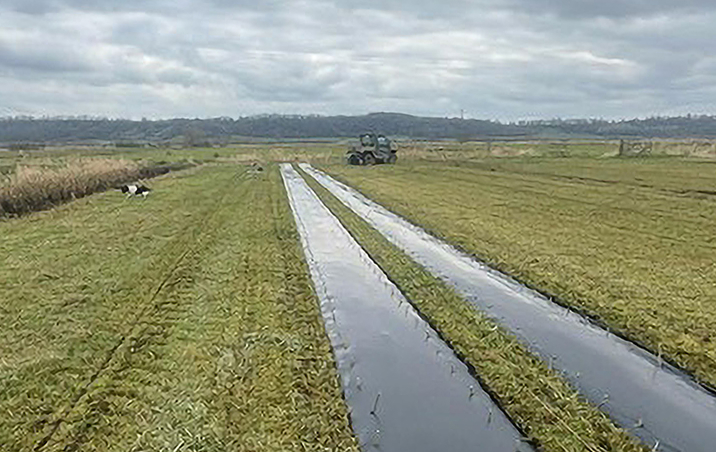Regenerative Farming: Willow for the Future
We believe and practice a kind approach to managing our farms, ensuring sustainable farming is viable, whilst positively impacting the special place we call home.


The Coates Venn Family Way
The Coates family have a long history of willow growing, processing and weaving.
The Venn family have a grass-based beef suckler herd.
Both our Families have generations of experience living and working on the beautiful but challenging Somerset Moors

How We Are Funded
Coates Venn are funded by the Paludiculture Exploration Fund (PEF) funded by Natural England to develop and expand the viability of willow growing in wetland landscapes. Also, to develop and test the specialised machinery and final outlets and markets for the crop.
IMPACT
The Impact of Paludiculture
In essence Paludiculture is “wetland farming”, producing a viable crop in wet conditions. Wetland environments include peatlands, bogs and fens. Somerset has extensive peatlands and is the largest wetland area in the Country. Sensitive farming of this unique environment can produce viable crops as well as address many other environmental challenges.
Protecting Peat
Willow naturally thrives in wetland conditions in a way few other plants can, and can tolerate long periods of inundation, removing any requirement for creating conditions whereby the peat will dry out.
Preserving Carbon
If peat is allowed to dry it emits carbon, having a detrimental effect on the environment. Peatland is estimated to hold over 40% of all soil carbon, twice as much as all forests in the world combined. Willow can uptake and remove over 2.5t C per hectare.
Reducing Phosphorous
Young, fast growing willow is hungry for phosphorous, sucking it from the water as it develops leaves and shoots, improving water quality for all other organisms in the water course. An established willow bed can absorb 40kg P per hectare.
Novel products
Coates Venn are nurturing relationships with new innovative businesses and ventures, investigating new and exciting products made from willow. It is our goal to be able to help fellow farmers develop willow growing on their marginal wetlands. This would help them secure a generous and reliable income for years to come, whilst at the same time maintaining the biodiversity, landscape characteristics and traditions of this wetland environment.

